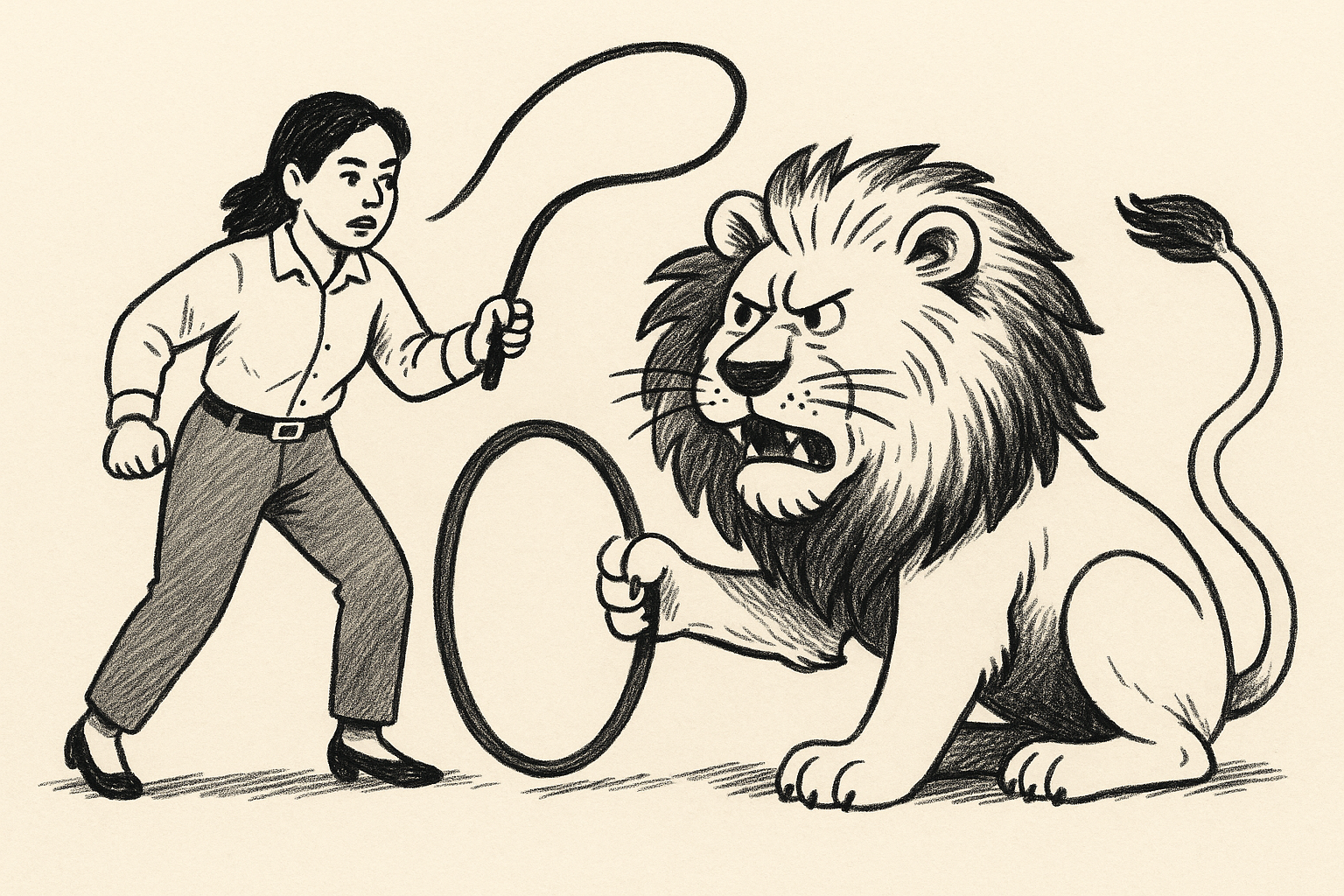When Meera Desai placed her first trade on Olymptrade, she was terrified.
The 29-year-old administrative assistant from Pune, India, had been curious about financial markets for years but always assumed trading was something reserved for professionals with finance degrees or expensive broker accounts. It wasn’t until early 2022, when a friend introduced her to a trading platform and shared an Olymptrade promo code, that she realized how accessible trading could be, and how intimidating.
“I remember watching the candlesticks go up and down and feeling my heart race,” Desai recalls with a laugh. “I thought I was going to lose everything in five minutes.”
Now, just over a year into her trading journey, Desai says volatility, the very thing that once sent her scrambling to exit positions, is the foundation of her entire strategy.
The Psychology of Panic
Desai’s early experience mirrors what many beginner traders face: an emotional rollercoaster triggered by unpredictable price swings.
“At first, I thought volatility meant I was doing something wrong,” she says. “If the price jumped or dropped suddenly, I assumed I had misread the chart or picked the wrong asset.”
That assumption led to impulsive behavior: cutting trades short when they turned red, chasing green candles, and frequently overtrading in the hope of “making it back.”
“I’d be down $100 and feel like I had to win it back right away,” Desai explains. “But that kind of thinking made things worse, especially since I was looking at daily fluctuations in terms of ‘wins’ and ‘losses.’”
It wasn’t until she began exploring Olymptrade’s educational resources that her mindset started to shift. Through webinars, tutorials, and the platform’s interactive lessons on trading psychology, she began to understand that volatility wasn’t inherently bad. It was just misunderstood.
“I remember watching one Olymptrade webinar that broke down why volatility happens and how it can actually create opportunity if you’re prepared,” she says. “Reframing volatility as a signal changed everything for me.”
Instead of seeing volatile price movements as threats, Desai began to analyze them as signals, or data points that could help her understand market behavior. This shift in thinking marked the beginning of her transformation from reactive to strategic trader.
Desai learned to incorporate tools like the Average True Range (ATR) and Bollinger Bands into her daily analysis. ATR helped her measure how much an asset typically moved in a given time frame, while Bollinger Bands allowed her to visualize periods of increased or decreased volatility, a skill she practiced extensively while using a forex paper trading app to test her approach.
“That was a breakthrough,” she says. “I wasn’t just watching the price anymore, I started feeling like I was understanding it.”
Building a Volatility Strategy
Over the next several months, Desai developed a trading plan specifically designed to adapt to volatile conditions. It was built around three pillars: environment classification, position sizing, and entry/exit rules, all principles she learned through Olymptrade’s structured tutorials and practice sessions.
Categorizing Market Conditions
Using historical data and volatility indicators, Desai began each trading session by identifying whether the market was in a low, rising, high, or falling volatility phase. Each environment came with its own set of rules.
“If the ATR was climbing, that meant a trend might be forming, so I’d look for momentum entries,” she says. “If volatility was dropping, I’d either wait or focus on breakouts.”
Dynamic Position Sizing
She also learned to adjust her position size based on market conditions, something she credits Olymptrade’s built-in risk tools for making it easy.
“The percentage-based position sizing feature is so helpful,” Desai explains. “If things are moving fast, I scale down my trades to reduce risk. When it’s calm, I’ll take slightly larger positions but always with a stop-loss in place.”
Pre-Planned Entries and Exits
Most critically, Desai learned to enter trades only when her criteria were met and to let them play out without interference.
“Setting a stop-loss and take-profit before I even enter has been huge,” she says. “I used to panic and close early, but now I just stick to my plan.”
Desai credits much of her progress to Olymptrade’s beginner-friendly design and robust support system. The demo account, which uses virtual funds, gave her a low-pressure environment to test her strategy and build confidence.
“I spent a full month just trading on the demo account after work,” she says. “I treated it like real money and forced myself to stick to my rules. That’s when I started seeing consistency.”
She also speaks highly of Olymptrade’s live webinars and community features.
“There was a session on ‘how to trade reversals during high volatility’ that really clicked for me,” she says. “And the fact that you can ask questions in real time — it makes it feel like you’re not alone.”
From Fear to Focus
One year ago, Meera Desai was overwhelmed by volatility. Today, she uses it as a filter to guide her trades.
“Volatility used to trigger fear,” she says. “Now it triggers focus.”
She trades three to four times per week, often spending just 30 to 60 minutes a day on the platform. While she’s not planning to quit her day job anytime soon, trading has become a meaningful second stream of income and a source of personal growth.
“It’s made me more disciplined, more patient,” she says. “I’m better at decision-making, not just in trading but in life.”
Her advice to new traders?
“Don’t try to avoid volatility. Learn how to read it. Take advantage of every educational resource Olymptrade offers. And don’t rush. Use the demo account, build your confidence, and focus on your process. Also, make sure you check the Olymptrade minimum deposit and start with what feels comfortable.”
Because sometimes, the thing that scares you the most is exactly where your strength is waiting to grow, whether in trading, blockchain, or any other fast-moving sector.
This industry announcement article is for informational and educational purposes only and does not constitute financial or investment advice.













